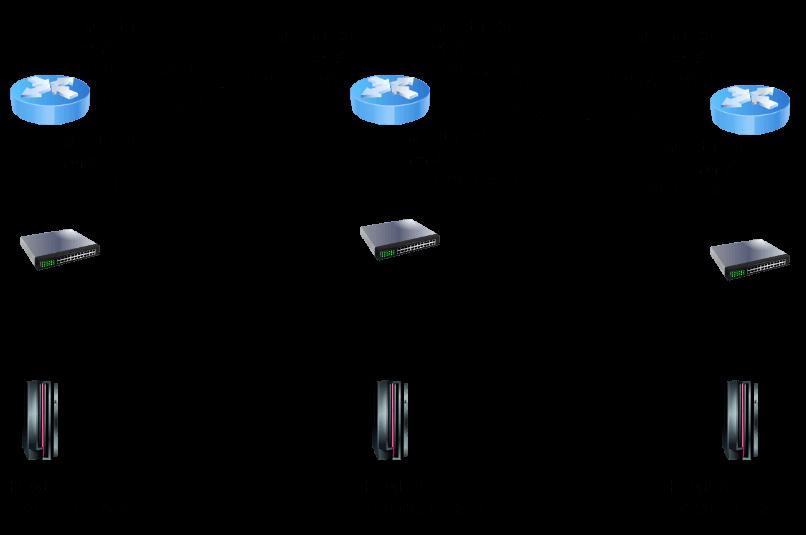Introduction
Internal Gateway Routing Protocol (English: Interior Gateway Routing Protocol, abbreviated as IGRP), and translates Gateway Selection Protocol is an internal gateway protocol with a distance vector algorithm. Providing routing routing protocols in the manner of autonomous systems, the patent agreement developed by Cisco Systems. Its Algorithm is similar to the Routing Information Protocol (RIP), through the user configuration, such as delay, bandwidth, reliability, and loads equal to routing management of each router.
Development
The most commonly used routing information protocol (RIP) in the middle of the 1980s, the internal gateway agreement. Moreover, RIP is very useful for routing of small and medium-sized internet networks that achieve the same model, and with the continuous development of the network, the restrictions they receive are more obvious. The powerful functionality of Cisco Router IGRP, attracting many small Internet organizations to replace RIP using IGRP. In the 1990s, Cisco launched an enhanced IGRP and further enhanced the operational efficiency of IGRP.

IGRP uses the distance vector algorithm that has supported the internal gateway protocol (IGP) to select the routing protocol to perform the distance standard comparison path length, and perform distance vectors. Compared with the standard, the standard routing protocol (Link-State Routing Protocol), in order to support multi-path route selection service, in the Round Robin mode, use two equivalent bandwidth operation single communication If a line transmission fails, the system will automatically switch another root on the line. Using multiple paths can be a multipath line with different methods, but still work. For example, a line is three times more advanced than another line (ie, the standard low level 3), which means that this path can be used 3 times. Only the path that matches a particular optimal path range or within the difference range can be used as a multi-path. The difference (variance) is another value that the online administrator can set.
IGRP update mechanism
In the default, IGRP broadcasts all routers in the same network to all routers every 90 seconds, and after 3 cycles (270 seconds) There is no return, that is, routing, after 7 cycles (630 seconds), Cisco IOS will clear the route itself.
View IGRP in Cisco iOS Image software:
router # show ip protocolsrouting protocol is "IGRP 101" Sending Updates Every 90 Seconds, Next Due in 51 SecondsinvalidAfter 270 SECOND , HoldDown 280 Second, Flushed After 630 Seconds
Reference
-
Network Current
-
CNPAF.NET < / p>
